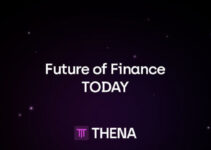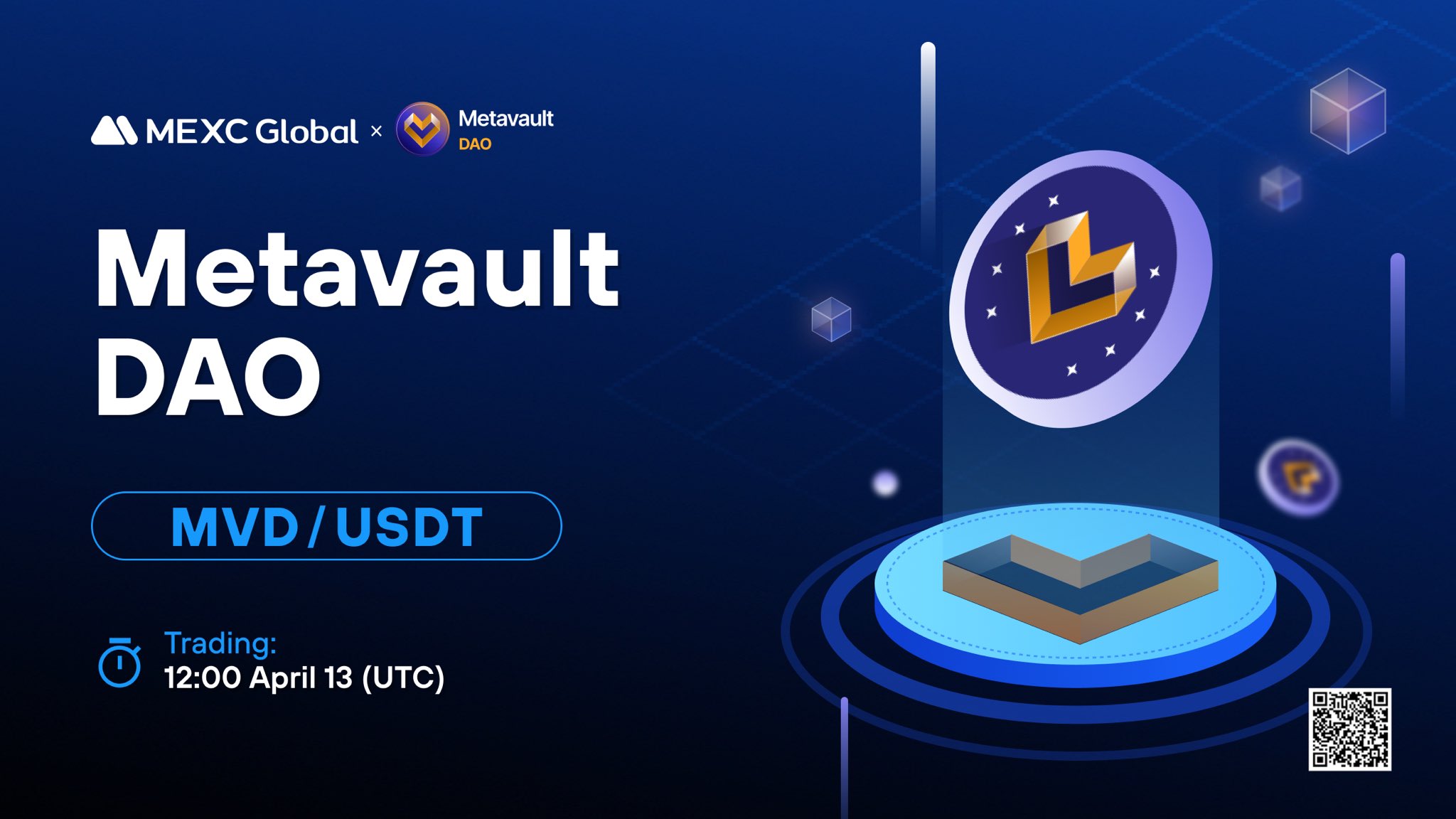Ethereum Classic or ETC (ETC/USDT – Trade it here) is a decentralized blockchain platform that lets anyone build and use decentralized applications that run on blockchain technology.
To gain a deeper understanding of Ethereum Classic, it is important to learn a bit about the history of the Ethereum blockchain, as Ethereum Classic is the continuation of the original Ethereum technology stack. That is to say, Ethereum and Ethereum Classic were once the same blockchains. In 2016, a hacker exploited a bug in the Ethereum network, resulting in a huge fund loss. Thankfully, 70% of the loss was recovered. As a response, the Ethereum network hard forked into two blockchains: Ethereum and Ethereum Classic.

On a technical level, one of the biggest differentiators between Ethereum Classic and its sibling Ethereum is ETC’s commitment to remain on Proof of Work. To learn more about Ethereum (ETH), click here to read “What is Ethereum” on MEXC Blog. Basic information for their token is available on the MEXC Digital asset introduction page.
ETC Core Features and Ecosystem
Ethereum Classic strategically maintains maximal compatibility with upstream Ethereum’s EVM. This means that contracts deployed to ETH can also be deployed to ETC. Furthermore, Ethereum Classic inherits many valuable innovations born through research on Ethereum. Additionally, Ethereum Classic aims for a Sovereign Grade level of decentralization. This ensures that no worldly organization can capture it, remaining on Proof of Work instead of Proof of Stake.
Further, Ethereum Classic does not have a central organization that is continually liquidating its premise, which pushes the price down at the expense of holders. Moreover, as with Bitcoin, ETC has a known future supply rather than one that can be inflated away at the whim of an opaque organizing committee, which redistributes value away from holders.
The core features and benefits of the token that powers the Ethereum Classic economy and ecosystem, i.e., ETC, include:
Divisibility
ETC is divisible up to 18 decimal places. This means that ETC can be split into 1,000,000,000,000,000,000 smaller units if needed. Denominations of ETC can be written in Wei, the smallest ETC unit currently available.
Transferability
Since ETC isn’t tied to any banks or governments, it’s easily transferable across countries and between users on a global scale. This gives ETC an advantage over paper money and precious metals, which aren’t as easily transferable across long distances.
Fungibility
Each ETC is worth precisely what it’s valued at on the market. One ETC won’t have different values based on previous ETC transactions—unlike some currencies where older bills are often worth less than newer ones. This is called fungibility, and it’s a property ETC shares with physical commodities like gold and silver.
Durability
ETC is incredibly durable. It is ultimately just information, so users can store it on a computer or in a digital wallet, or even offline on a piece of paper or metal. This makes ETC much more durable than traditional forms of money like paper currency which are perishable.
Portability
ETC is highly portable. You can carry it on a thumb drive, or phone, write it down on paper, or remember it as a seed phrase.
Scarcity
ETC has a finite supply that they will slowly release over time. This makes it scarcer than most other forms of currency.
On top of the Ethereum Classic blockchain is a rich ecosystem of applications, including Wallets, Exchanges such as MEXC, and Decentralized Applications. As the number of these services grows over time, so does the utility and value of the network as a whole.
ETC Tokenomics
The cornerstone of a blockchain’s sound monetary policy is scarcity via a known future supply. ETC has a fixed emission curve. A fixed amount of ETC is created as a block reward for miners. Holders of ETC can accurately calculate the total amount of ETC in existence at any point in time.
Ethereum Classic’s fixed emission curve was introduced by ECIP-1017. The emission schedule, also known as 5M20, reduces the block reward by 20% for every 5,000,000 blocks. Socially, this block reward reduction event has taken the moniker of “The Fifthening.”
Recent Price & Performance of Ethereum Classic (ETC)
Currently, their market price is $19.22 per unit. It has a market cap of $2,660,797,004 and a fully diluted market cap of $4,050,617,194. It also has a 24-hour trading volume of $159,832,609. You can check the live price of their token right here!
How to buy Ethereum Classic (ETC)
You can buy Ethereum Classic (ETC) on MEXC by following the steps:
- Log in to your MEXC account and click [Trade]. Click on [Spot].
- Search “ETC” using the search bar to see the available trading pairs. Take ETC/USDT as an example.
- Scroll down and go to the [Spot] box. Enter the amount of ETC you want to buy. You can choose from opening a Limit order, a Market order, or a Stop-limit order. Take Market order as an example. Click [Buy ETC] to confirm your order. You will find the purchased ETC in your Spot Wallet.
You can find a detailed guide on how to buy ETC token here.
Keep Yourself Updated With The Crypto Trend
Check out all of the listings in the Innovation and Assessment zones as well as the major tokens in the Main Zone – we have more amazing projects to come! What’s more, MEXC lists moonshots and offers access to trade major cryptocurrencies. Visit the Hot Projects section as well to uncover more featured popular tokens. Lastly, feel free to visit MEXC Academy to learn more about cryptocurrency!
Join MEXC and Get up to $10,000 Bonus!
Sign Up


